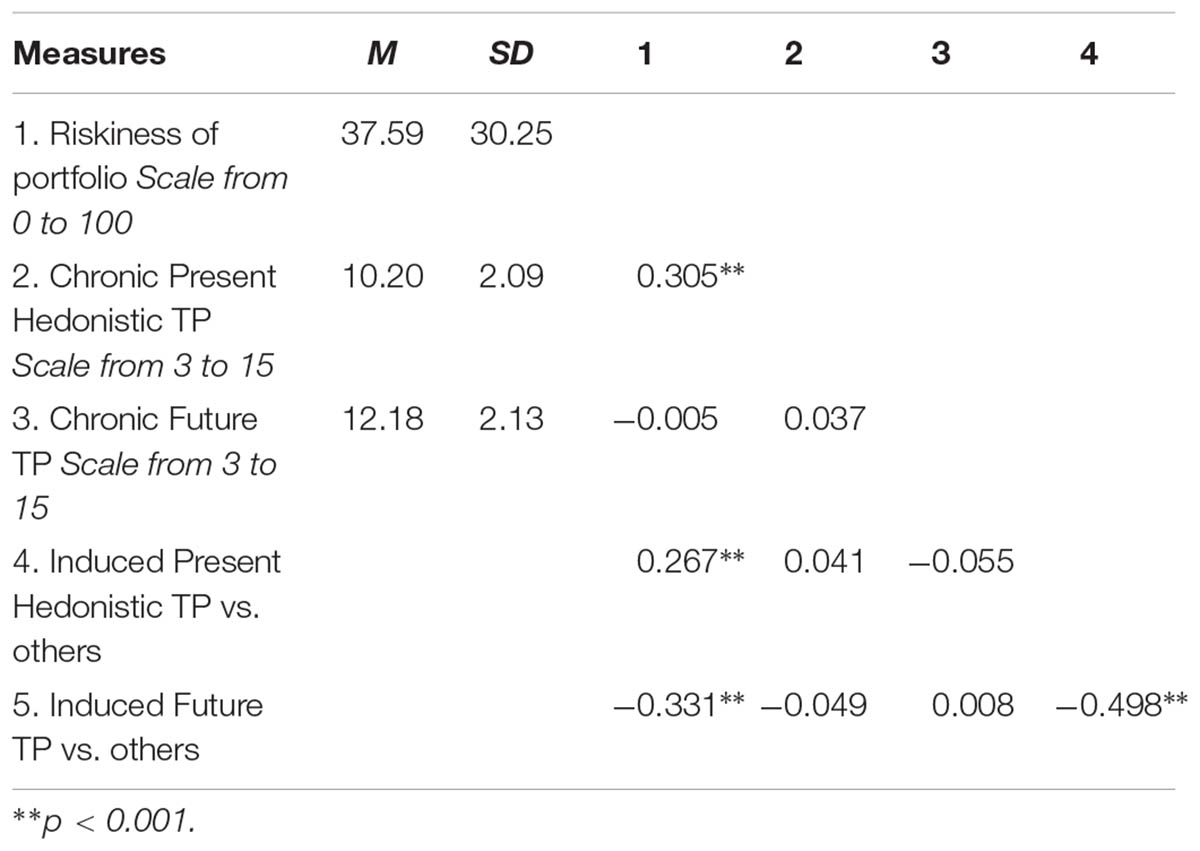

Within some of these accounts ( Williams et al., 2008 Nasuti and Rhodes, 2013), the term “hedonism,” which refers to a theory of human motivation in which individuals are motivated to experience pleasure and avoid pain, is being increasingly used to explain the predictive utility of these affective components ( Ekkekakis and Dafermos, 2012). These findings, which have been replicated (e.g., Kwan and Bryan, 2010), suggest interventions that manipulate the affective response to physical activity could improve long-term physical activity behavior.Ī growing body of literature now promotes affective models, and their synthesis with social-cognitive theories ( Kiviniemi et al., 2007 Calitri et al., 2009 Lawton et al., 2009). (2008) found affective responses to acute moderate-intensity exercise predicted subsequent physical activity levels in sedentary adults between 6 and 12 months later. Recent research demonstrates affective components can predict physical activity behavior. Instead, exercise behavior may be better understood by looking beyond the purely cognitive and social components. Research shows social-cognitive models typically only account for approximately 25% of the variation in exercise and physical activity behavior, which limits the effectiveness of related interventions ( Ekkekakis and Dafermos, 2012).

In recent years, however, the usefulness of these models has been questioned. Social-Cognitive models of behavior, including the Theory of Planned Behavior, Transtheoretical Model, and Social-Cognitive Theory, represent popular explanatory frameworks, which can help practitioners understand how best to improve physical activity behavior. However, the key question facing research and theory is how best to conceptualize the associated psychological factors, which ultimately determine adherence to behavioral change. Interventions that increase physical activity can reliably reduce the impact of these undesired outcomes. Physical inactivity is one of the most widely reported risk-factors associated with many non-communicable diseases, including cardiovascular disease, diabetes mellitus, cancer, obesity, hypertension, stroke, osteoporosis, and depression ( Warburton et al., 2006 Bravata et al., 2007), as well as overall global mortality ( World Health Organization, 2010). “They govern us in all we do, in all we say, in all we think” ( Bentham, 1780, p.1)


 0 kommentar(er)
0 kommentar(er)
